When Art Happens: An Evening with Long Beach Dance Troupe the CRay Project
2 minute readEarlier this month, The CRay Project, a Long Beach dance company, launched a pop-up concert series at Rose Park designed to showcase performing artists of color and bring the arts to underserved communities.
The first of these community theaters, called When Art Happens, took place during sunset on Oct. 10 and featured dancers and poets performing for an audience spread out on the grass, while others watched from their porches.
“We chose Rose Park in Long Beach because of the beauty it holds as well as the community,” said Cookie Ray, one of the founders of the CRay Project. “It’s very family-oriented and when we performed at the park this past August for the Long Beach Black Dance Festival, it was so satisfying to see folks watch and participate from their porches nearby.”
Various dancers performed throughout the night, including Adrianna Lanier, Jamie Burton, Christina Morales, Taylor-Michelle Thomas, Mariah Leara, and Adrianna Vieux.
Chatiera Ray, the executive director of the CRay Project choreographed a performance called “Dr. Feelgood,” while James Mahkween performed a piece from his upcoming project “Cat Call” with Vieux.
Tomisin Oluwole
Fragmented Reflection I, 2021
Acrylic on canvas panel
24 x 30 inches
Click here to check out our interview with Tomisin Oluwole, a literary and visual artist based in Long Beach.

Instead of gunking up our site with ads, we use this space to display and promote the work of local artists.
“The CRay Project exists to create a platform that amplifies pre-professional artists of color, and holds a space for the non-traditional performing artists while engaging our communities and with those that share similar cultural, artistic, and educational backgrounds,” said Ray.
“Sunday Drive” choreographed by Christina Morales featured dancers Victoria Lopez, Clarice Pacheo, and Morales performing synchronized twirls and kicks while holding umbrellas to the tune of “California” by The Lagoons.
“Through dance, we are telling our stories and opening up opportunities for people to dance with us,” said Ray. “We also encourage ‘non-dancers’ to dance. This is an art form that can be shared and done by all, and once you’re doing it, you’re enjoying it.”
The event will take place every second Saturday of the month until December and can be watched in person or over Zoom. You can follow the CRay Project on Instagram @crayproject.
- Adrianna Lanier
- James Mahkween
- Adrianna Vieux
- Joshua Rodgers
- Jamie Burton and Christina Morales
- Adrianna Lanier
- Taylor-Michelle Thomas and Mariah Leara
- Adrianna Vieux
- Jamie Burton
Santiago Charboneau is a photojournalist based in Long Beach, CA. He enjoys shooting community events, and anyone who will sit still long enough for a quick portrait session. Santiago became a member of FORTHE.org in 2019.



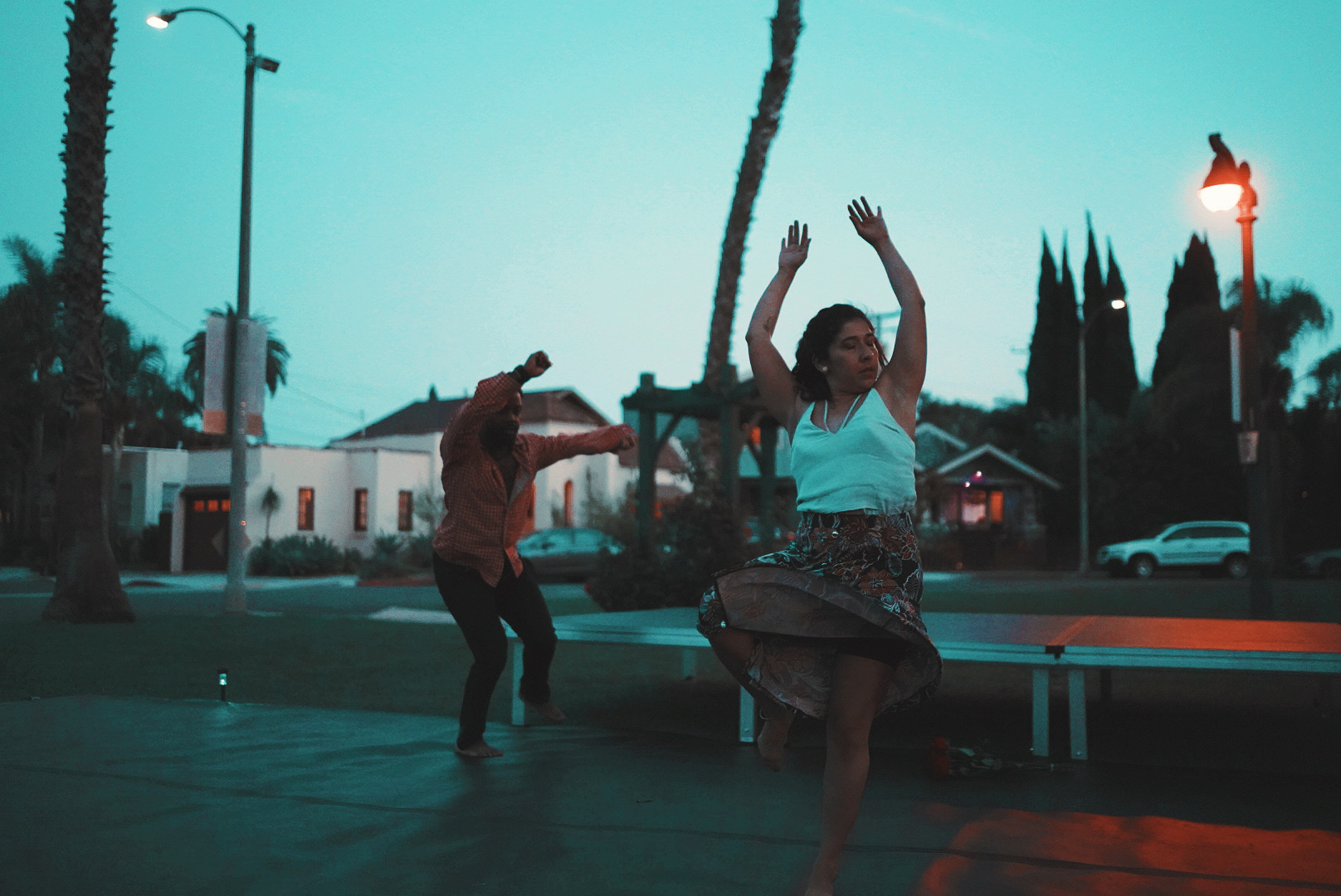



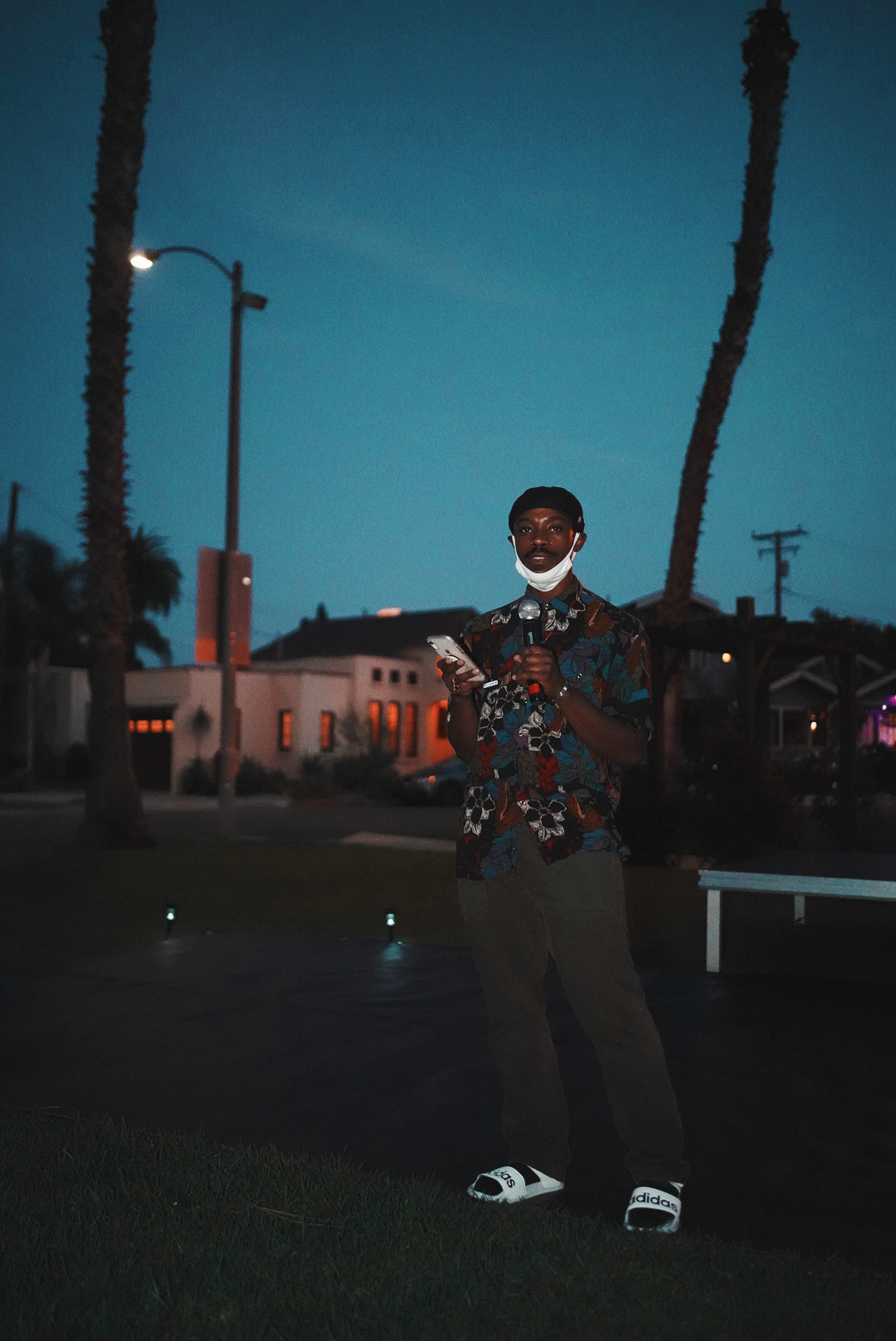
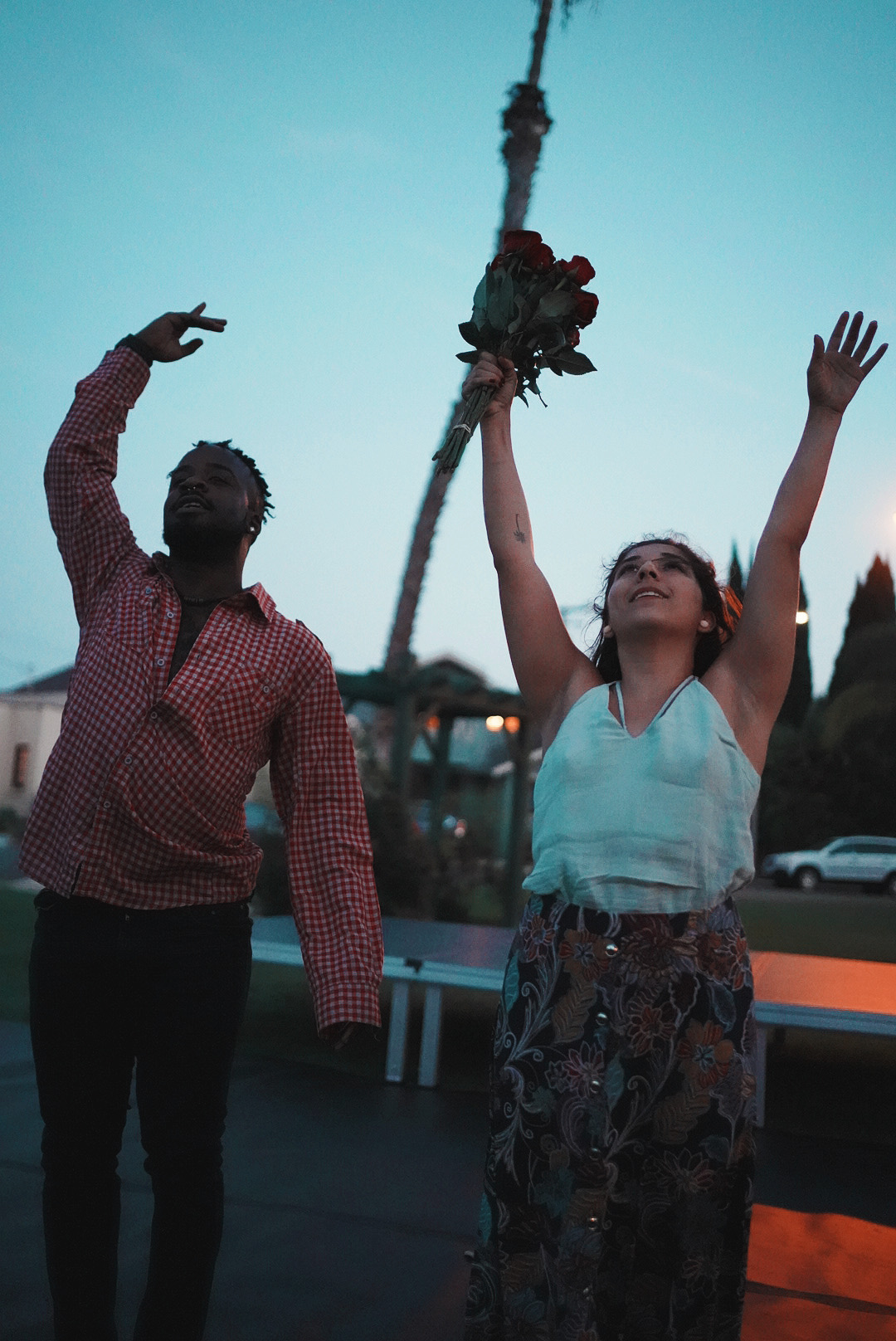
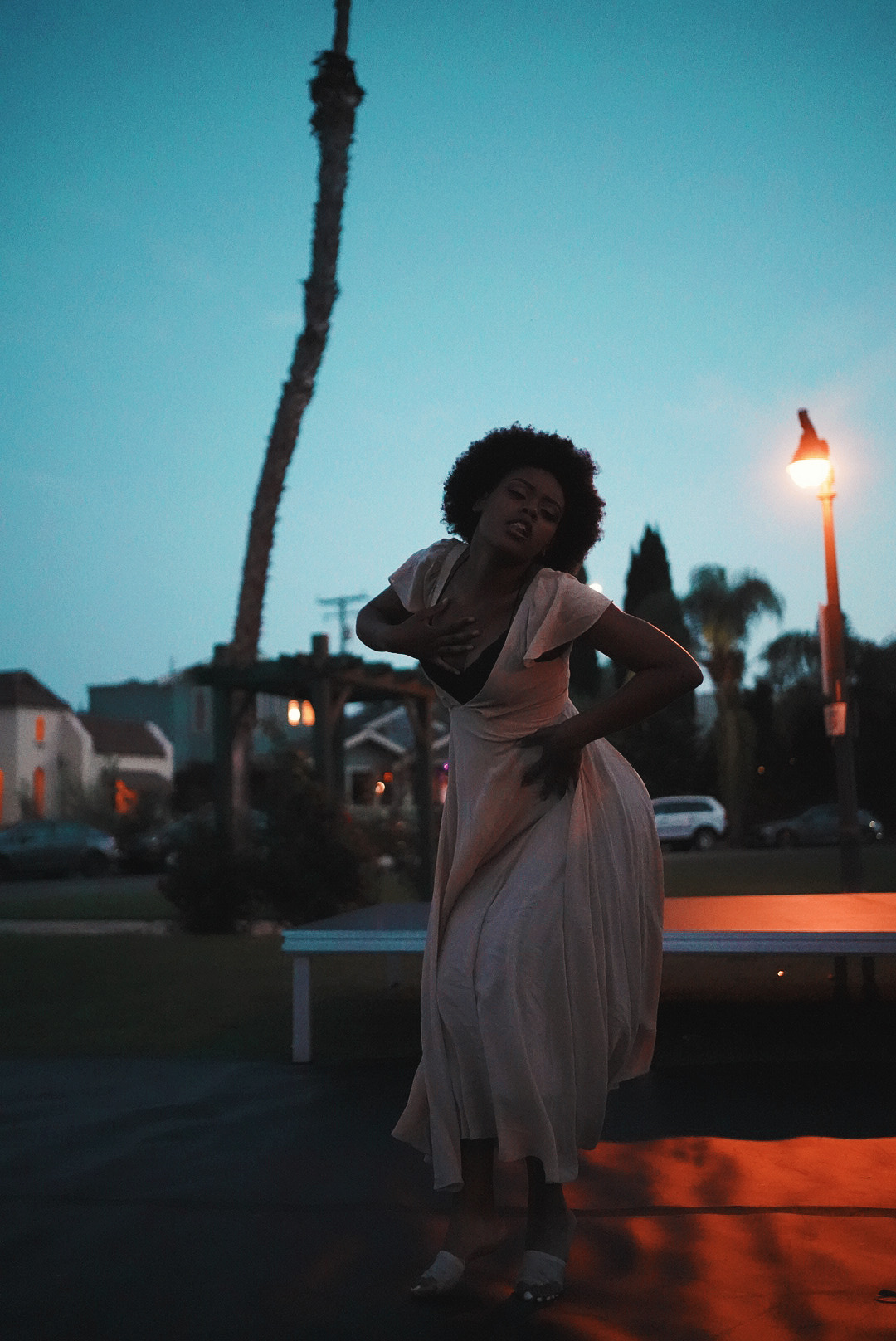
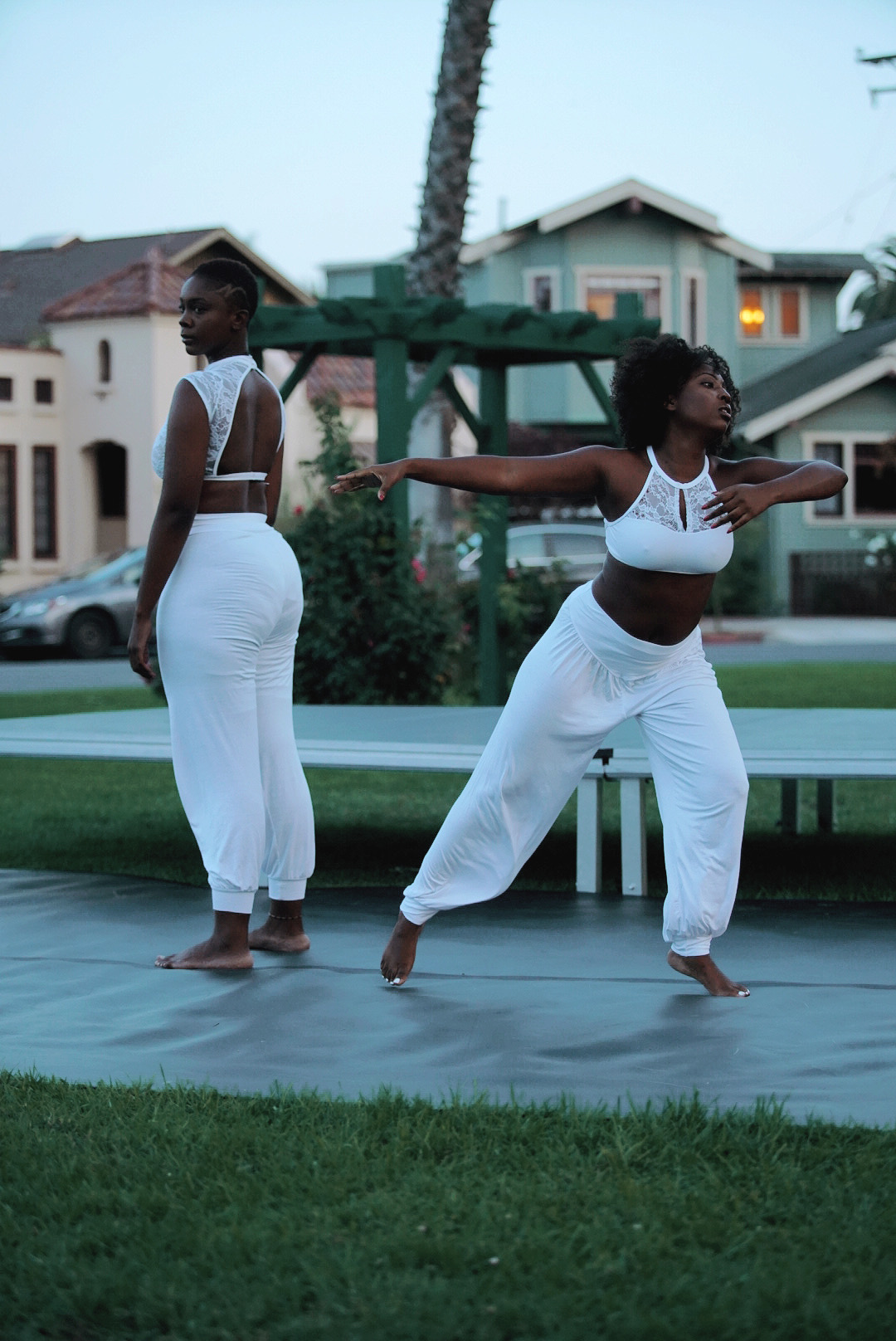


 santiago@forthe.org
santiago@forthe.org




